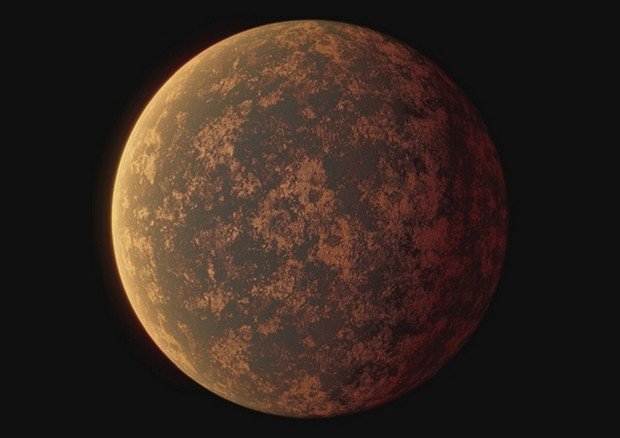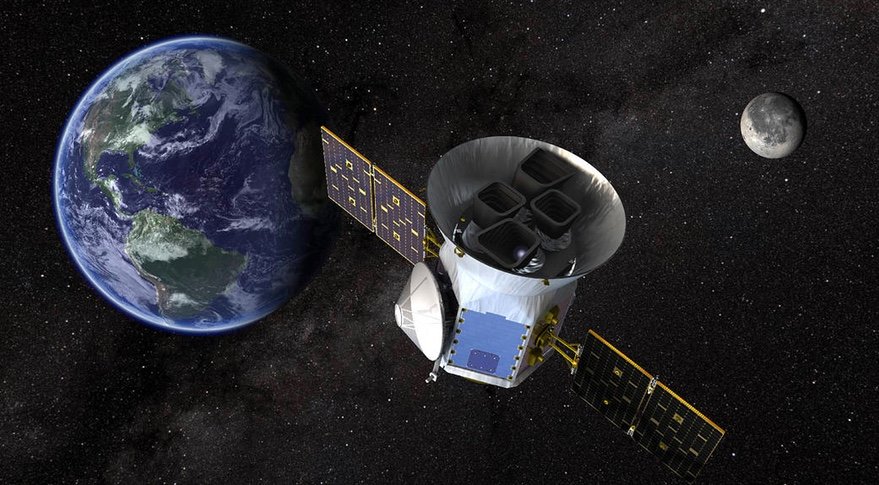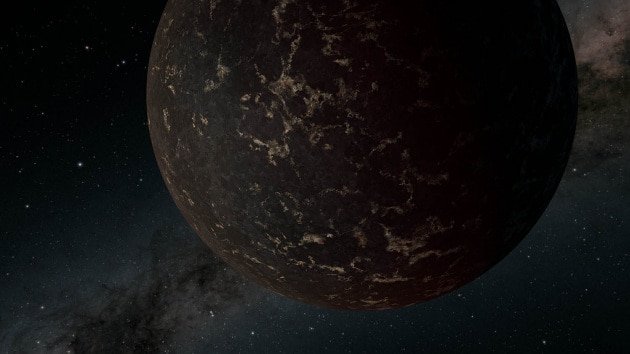© 2000-2023 - Enkey Magazine - All rights reserved
ENKEY SNC - VAT ID IT03202450924 / REA Code CA253701 - Phone. 078162719
All the world know how a black hole look like thanks to an impossible picture digitally realized after years of researches and observation with the telescopes. Exactly the same process it’s been followed to realize a second impossible imagine, the one of LHS 3844b, called Dark World.
Who is Dark World
Dark World, which official name is LHS 3844b, is a planet discovered in the 2018 by the telescope TESS, our planets hunter. To see it’s been used the transit method. Which means that it’s not really possible to see the planet from this distance, but we can find it by analyzing the mitigation of the star’s light around which it orbits at the moment of its passage.

The star around which it orbits is a red dwarf, the most common and long-lived star of our galaxy, around which rotate a huge quantity of planets. LHS 3844b and its star are at 48,6 light years far away from us.
Dark World has a ray which measure about 1,3 times the terrestrial one, it’s covered by volcanic material and it seems to not have an atmosphere or, if it has it, it’s extremely thin and rarefied. LHS 3844b is a rocky planet, which is the terrestrial type.
How has been the planet identified
To identify Dark World with the transit method was, like we said, the telescope TESS. But to study the characteristics afterward was, instead, the SST, the Spitzer Space Telescope.
What Spitzer did it’s amazing, infact, it’s the first time that they were able to catch so many informations, enough to recreate an image, of an extrasolar planet of terrestrial type.

It’s the first time that we are able to detect the light of a planet. This is normally clouded by the one of the star. But Dark World is in synchronous rotation with its own star, exactly like the moon with the earth, which means that it addresses always the same face to it. This gives it a surface temperature of 770° C.
This temperature radiates a lot of infrared light, which is right the frequence of the electromagnetic spectrum that Spitzer is able to detect.
This allows us not only to identify the planet and to precisely draw the edges, but even to understand its main characteristics and to recreate an image as much truthful as possible.
The planet surface
The datas collected by the two telescopes allow to support the hypothesis that the surface is covered by volcanic material, by giving to it an appareance very similar to the one of our Moon or of Mercury.
Furthermore it was possible to strongly say that LHS 3844b doesn’t have a considerable atmosphere. This thanks to the temperature’s revelations. The strong difference between the hot zone and the cold one means that there aren’t heat transfers from one side to the other, like, instead, there will be with an atmosphere.
Dark World, so, while being a terrestrial type planet, it isn’t compatible with the life, right due to the absence of atmosphere. This study opens new solutions right to verify the presence or not of it and to validate the compatibility with the life.
The picture of Dark World
Here you have so that, after studies and detections, it was possible to digitally recreate the image of a rocky extrasolar planet: Dark World.

Thanks to the observation of the telescope Spitzer of the NASA the researchers were able to recreate an image of LHS 3844b. They are the researchers of the university of Harvard and of the center Smithsonian for the astrophysics, coordinated by the planetary scientist Laura Kreidberg.
The research with the image of the planet was published on the magazine Nature. It is a closer shot of the planet called Dark World, where it’s possible to identify a surface similar to the moon one. The volcanic material of which it’s covered, infact, it’s the same one of the moon seas. An exceptional work, like never before, but let’s remember that, even though it’s likely and surely reliable, the image is a recreation and not a picture.
This post is also available in:
 Italiano
Italiano

